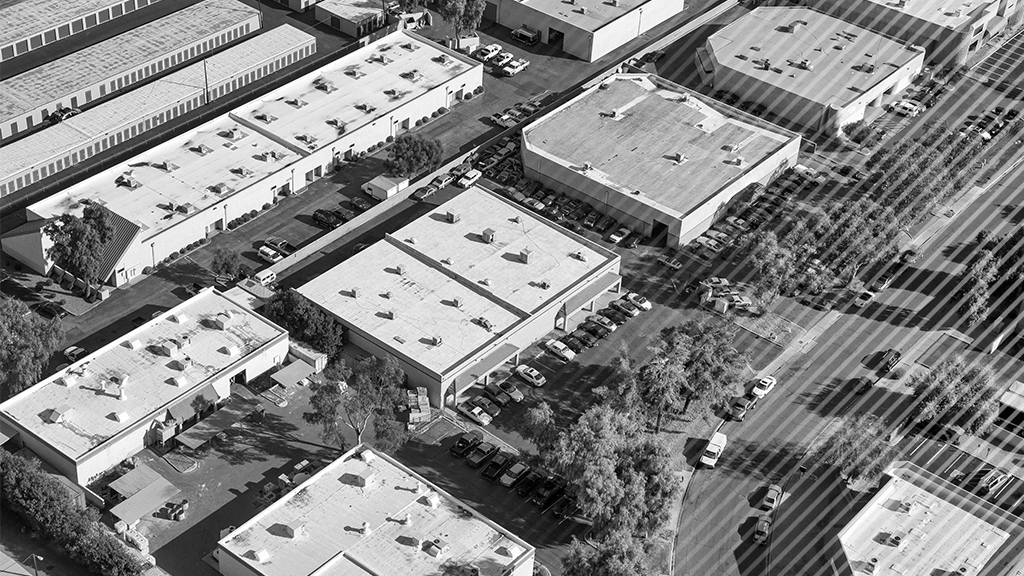Business parks have come a long way since the creation of the B1 office use class in 1987 (Class 4 in Scotland) which allowed office, industrial and research and development premises to shift between uses more freely than ever before, bringing large campus style business parks into existence. Still continuing to adapt and evolve, business parks are now again challenging the dominance of city centre business districts, which are currently experiencing a lack of stock and rapid rent rises. Parks are attracting big businesses and fresh talent.
Once thought of as an outdated work environment, business parks have repositioned themselves in recent years as a place where occupiers can both work and play, bringing city life to the out of town market.
The modern-day business park boasts an array of amenities. Croxley Park (Watford) is creating a new amenities building with a full range of amenities, including café, gym, and event space, while the wider 75 hectares of green space boasts a bee colony and five-a-side football league. Meanwhile Blythe Park in Birmingham has created quirky modern office space to keep employees motivated. Creating a sense of community and collaboration has become essential in a business park setting, with developers being forced to consider the impact millennials and Gen Z will have on workplace culture.

Location will also be key in keeping business parks relevant throughout the next 20 years. Unlike central business districts, business parks are able to offer open green space and shorter commute times for suburban residents (both high on millennial agendas) with with 69% willing to trade off other benefits for a better workspace. Accessibility will be vital to ensure workers are able to reach fringe and out of town locations. Whilst business parks previously sought to attract a driving workforce, this will not be the case by 2040, with both petrol and diesel cars being phased out in favour of other electric vehicles. Transport links, bicycle racks and electric vehicle charging point will increase in popularity as the way in which we travel advances to fit our environment.
Office buildings are becoming smarter and more sustainable, as technology continues to disrupt real estate. Already offering lower occupancy costs than traditional offices, building parks will become more efficient, improving user experience. By 2040 business park buildings will have adapted modern technologies, amongst them the sensors monitoring building usage and integrating previously separated systems such as heating, air-conditioning, lighting, and security access.
Although business parks have seen tough times, they are currently seen by investors as an appealing destination for capital, given their generally higher yields compared with CBD locations. Can this be maintained into 2040? If they continue to innovate and appeal to generations moving into the work force, coupled with a continued lack of stock in city centres, then there could be a widespread move back to business parks with a campus feel.







